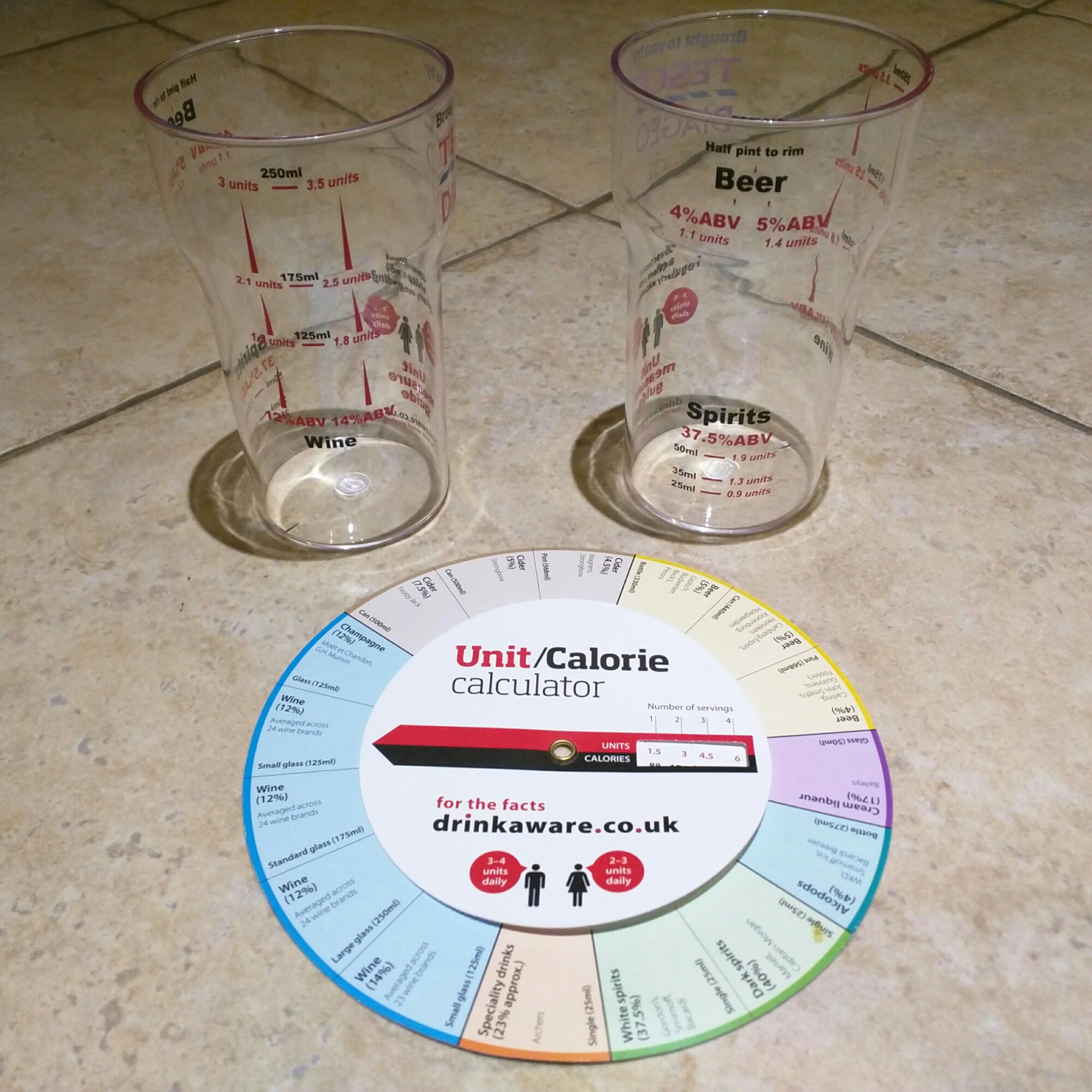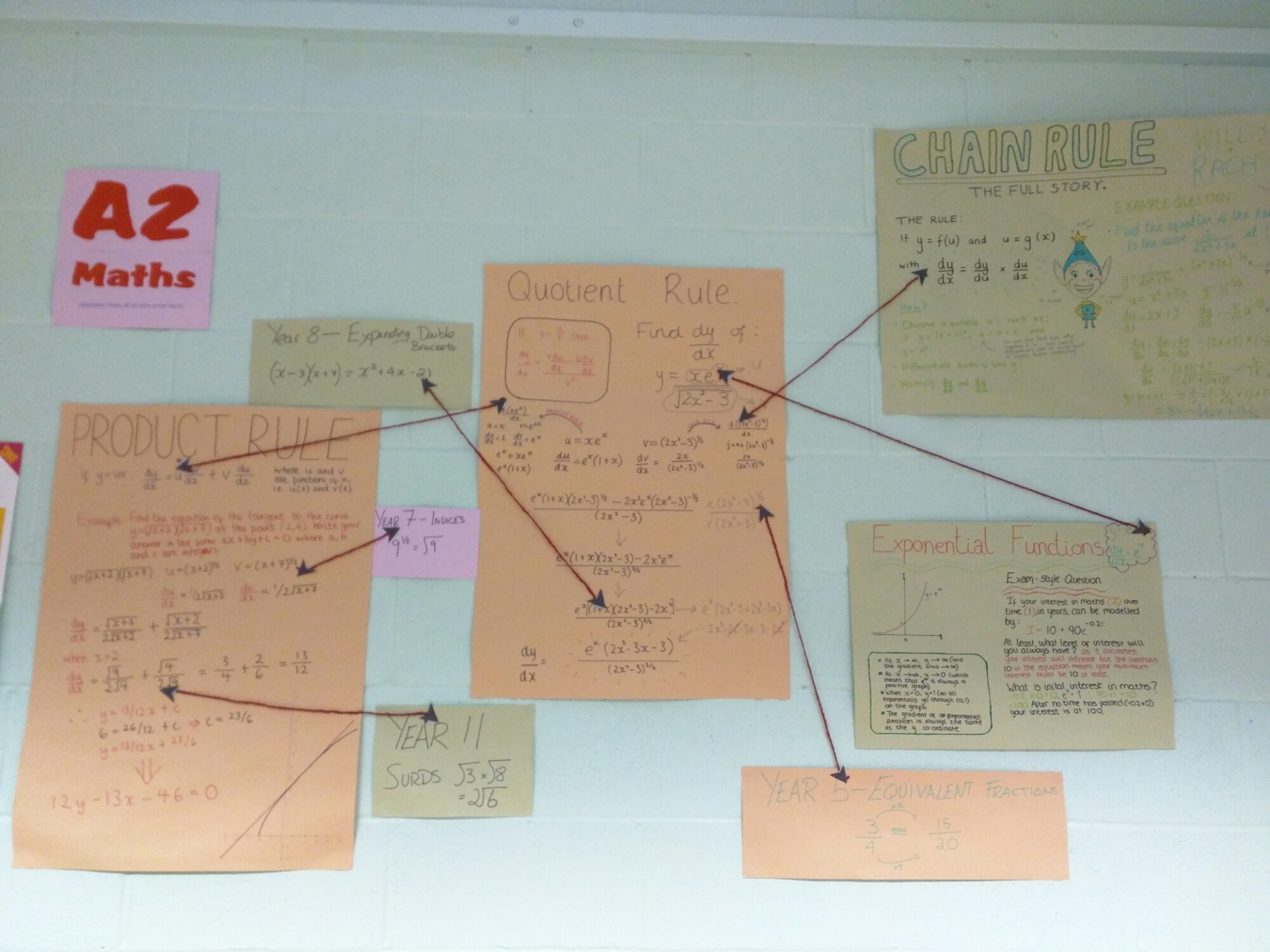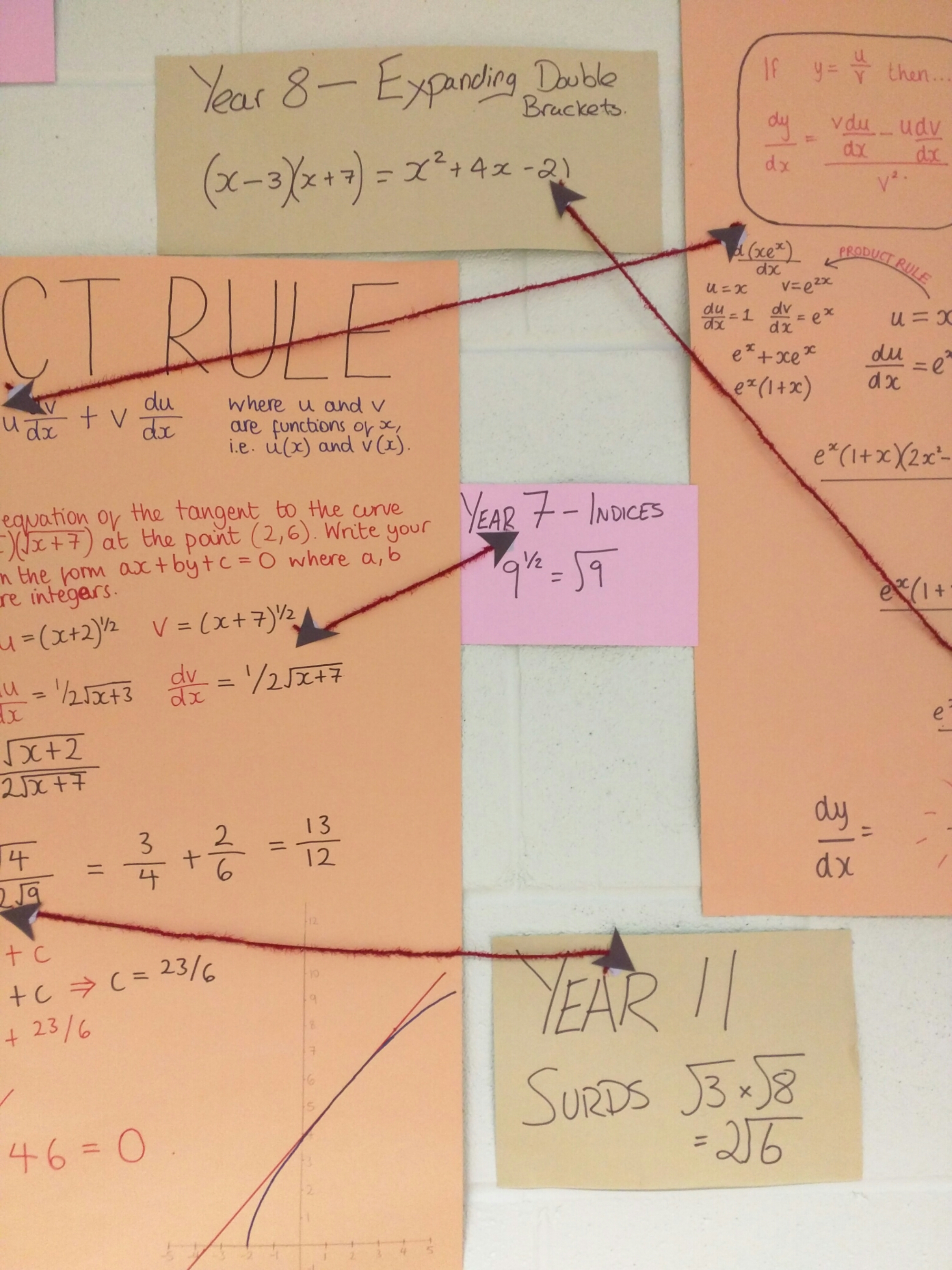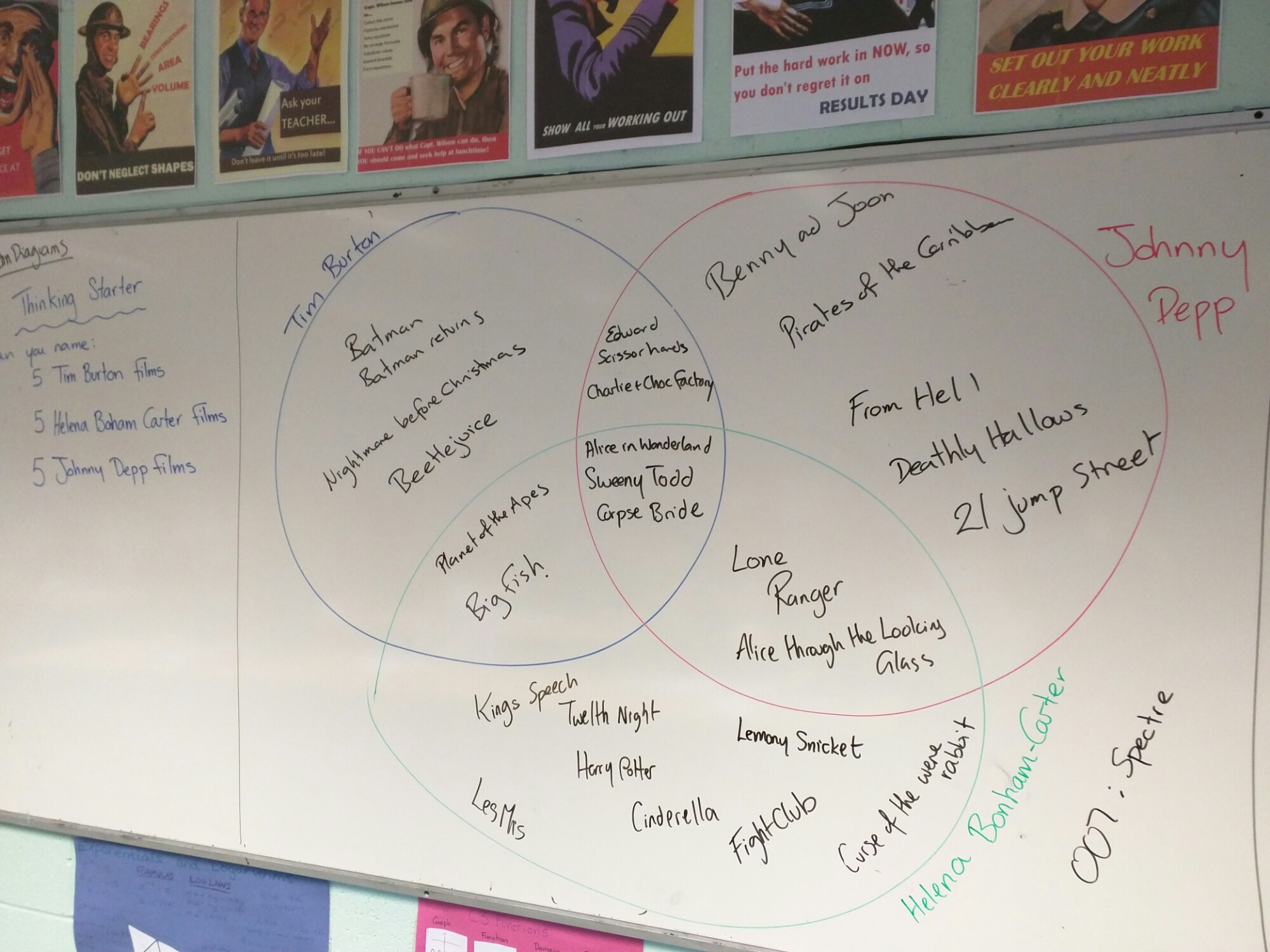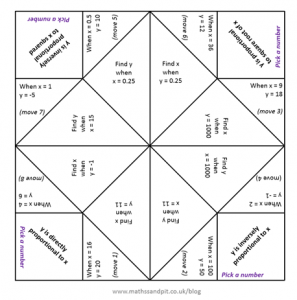I thought this would make a nice little starter – address a few different topics, bit of problem solving, all over in 15 minutes. How wrong I was!
The Question: A company packs toys into boxes which measure 12cm by 8cm by 10cm (to the nearest centimetre). The boxes are packed into crates which measure 1m by 0.75m by 0.8m (to the nearest centimetre).
(a) Basic question – How many boxes fit into the crate?
(b) What is the maximum volume of a toy box?
(c) What is the minimum volume of the crate?
(d) Look at your answers to (b) and (c) – do they affect your answer to (a)?
It was a simple question about fitting toy boxes into a shipping crate. It extended to looking at upper and lower bounds, then recalculating given this extra information. Simple? No chance!
Problem One
Not changing to the same units
Problem Two
Working out the two volumes and dividing to find the number of toys. When challenged on this, it took a while to get through to the basics of how many toys actually fit – mangled toys and split up boxes don’t sell well.
Problem Three
Maximising the arrangement of boxes – remainders mean empty space
Problem Four
Using the information from Problem Three to find the total number of toys
Problem Five
Working out the dimensions and volume of the empty space in the box
Problem Six
Trying to convert centimetres cubed into metres cubed. I don’t even know why they wanted too!
Problem Seven/Eight
What’s an upper/lower bound?
Problem Nine
What do you mean that the original answer changes when the box size alters?
Problem Ten
All those who weren’t paying attention when you went over Problem Two and don’t ‘get’ why the answer isn’t 625!

